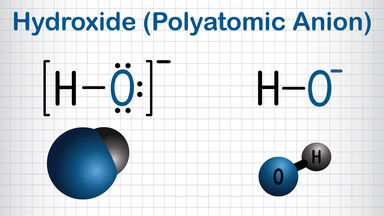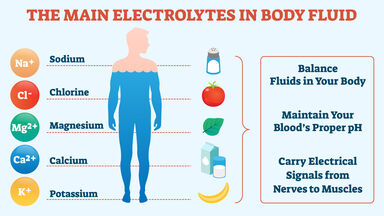Magnesium sulphate amounts to 4.7% of the total salts of sea-water according to Dittmar, but to 23.6% of the salts of the Caspian according to Lebedinzeff; in the ocean magnesium chloride amounts to 10.9% of the total salts, in the Caspian only to 4.5%; on the other hand calcium sulphate in the ocean amounts to 3.6%, in the Caspian to 6.9 This disparity makes it extremely difficult to view ocean water as merely a watery extract of the salts existing in the rocks of the land.
It is worked up either for Epsom salt and common salt, or for sodium sulphate and magnesium chloride.
Bunsen, in 1852, electrolysed fused magnesium chloride in a porcelain crucible.
To obtain the anhydrous salt, the double magnesium ammonium chloride, MgCl2 NH 4 C1.6H 2 O, is prepared by adding ammonium chloride to a solution of magnesium chloride.
The solution is evaporated, and the residue strongly heated, when water and ammonium chloride are expelled, and anhydrous magnesium chloride remains.





